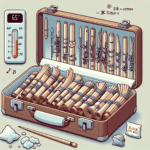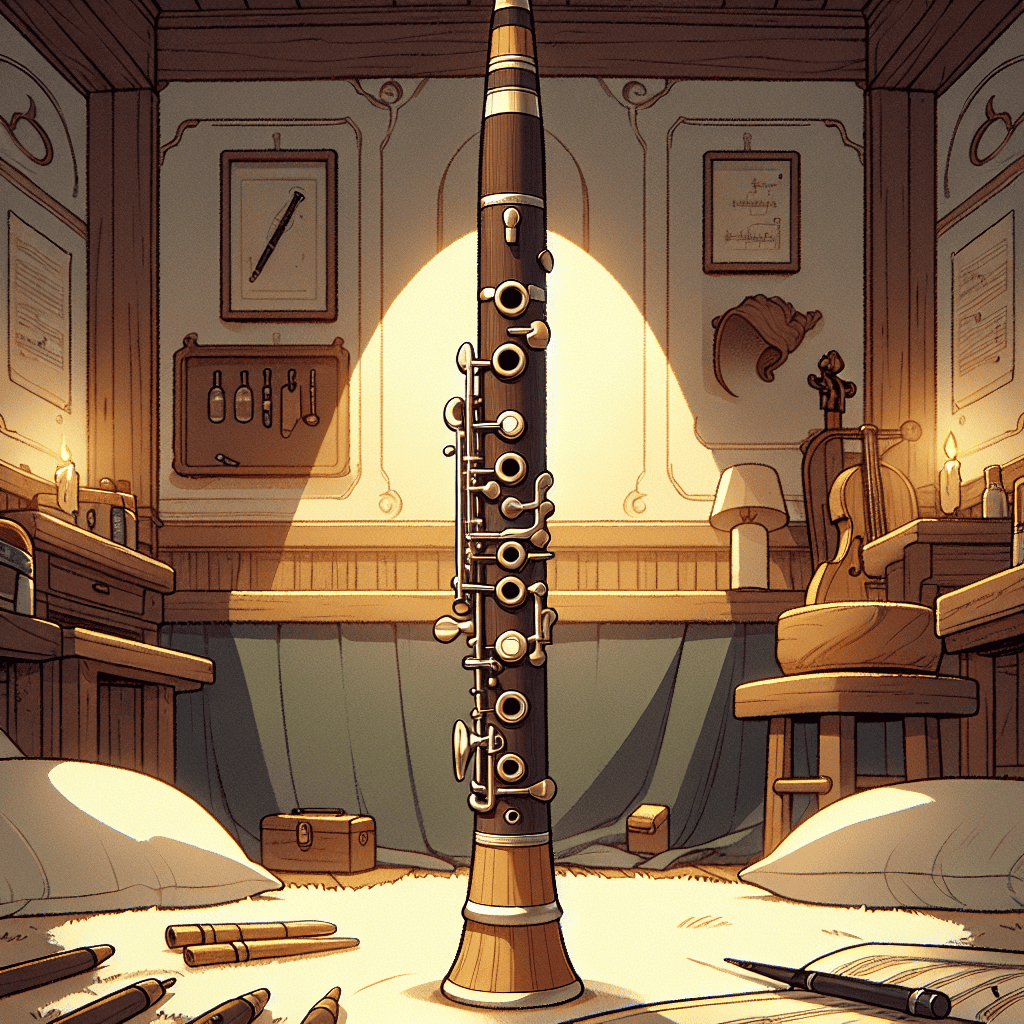Proper reed storage plays a key role in maintaining your clarinet's sound quality and performance. Reeds are sensitive to humidity and temperature, and can easily become damaged if not stored correctly. Learning how to store them properly will extend their lifespan, keep them responsive, and improve your playing experience. Let's explore the best ways to store clarinet reeds, along with some practical tips and insights.
Why Reed Storage Matters
Reeds are crucial to your clarinet's sound production, vibrating to create sound as you blow into the mouthpiece. Their quality greatly affects tone, pitch stability, and overall playability. Storing your reeds correctly prevents drying out, warping, or mold growth, which can lead to poor sound quality and potential instrument damage.
Factors Affecting Reed Condition
Several environmental factors can impact your reeds:
- Humidity: Too much moisture can cause reeds to swell and become unusable, while too little can lead to drying and cracking.
- Temperature: High heat can warp reeds, reducing their effectiveness. Keep them in a stable environment to maintain their shape.
- Direct Light: Long exposure to sunlight can damage reeds, causing them to fade and lose quality. Keep them out of bright light.
Best Practices for Storing Clarinet Reeds
Follow these tips to protect your reeds:
| Practice | Benefit |
|---|---|
| Use a Reed Case | Protects against physical damage and maintains controlled environment |
| Control Humidity | Maintains ideal moisture levels for reeds |
| Label Reeds | Helps track reed age and quality for effective rotation |
| Store in Cool, Dark Place | Preserves reed quality by avoiding heat and light exposure |
| Avoid Contaminants | Prevents dust and dirt from affecting sound quality |
Handling Your Reeds
Proper reed handling during storage and play is important. Here are some tips:
- Cleanliness: Always handle reeds with clean hands to avoid transferring oils and residues that can affect performance.
- Moistening: Before playing, lightly moisten your reeds but avoid soaking them for long periods. A gentle, even wetting works best.
- Rotation: Switch between reeds during practice. This allows each reed time to recover from moisture and pressure, maintaining quality longer.
Recognizing When to Replace Reeds
Even with good storage, reeds don't last forever. Here's when to replace them:
- Visible Damage: Replace reeds with cracks, chips, or other visible damage.
- Sound Quality Issues: If a reed no longer produces the expected sound quality or responsiveness, it's time for a new one.
- Playing Difficulties: When you struggle with articulation or control, your reed might be worn out and need replacing.
The Role of Quality Reeds
Your choice of reeds directly impacts your performance. High-quality reeds can enhance your tone and control, making practice more productive. Brands like Martin Freres are known for reliable, great-sounding reeds. Pairing a quality reed with a well-maintained barrel will optimize your playing experience.
Establishing a good reed storage routine is vital for every clarinetist. By taking care of your equipment and understanding how environment affects your reeds, you'll greatly improve your playing experience. With these techniques, you can focus on making great music, knowing your reeds will perform well and last longer.







